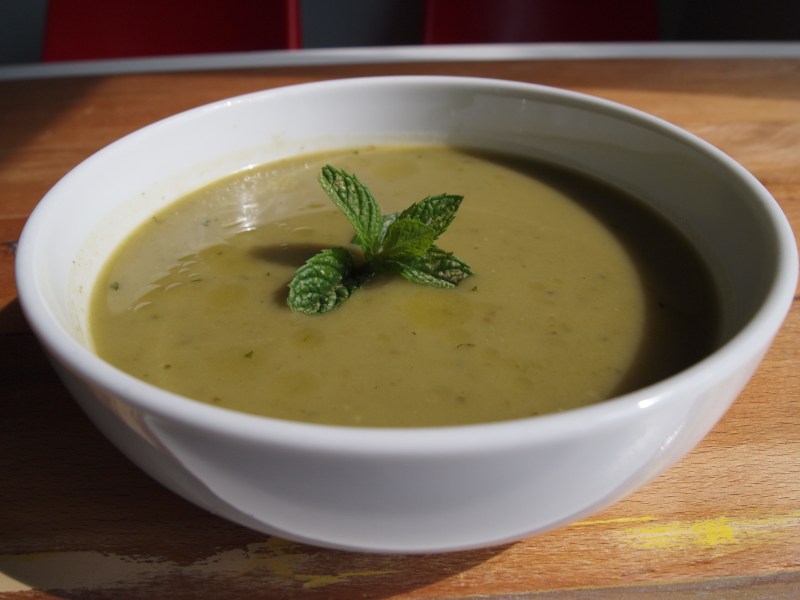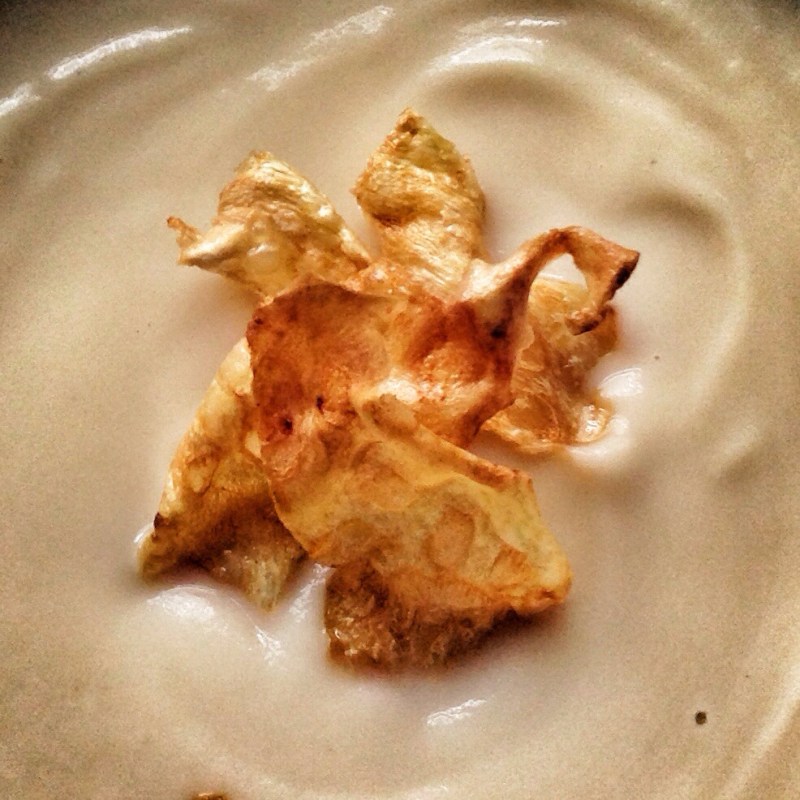I’ve been a little slack in getting the allotment back online after its winter break, so as the weather warms up and there are glimpses of spring-like weather its about time I got something in the ground. One of the pleasures of having an allotment is the fact that you can grow your own beans and peas. There is little in life better than shelling a basket of home grown peas (perhaps eating them pod as you pick them I suppose), and with this thought in mind I have set about preparing ground for this year’s peas, as well as sowing some in trays in the greenhouse. Peas sing of freshness and, as mentioned, there is nothing better than eating them super fresh from the pod on the allotment. However, this is not possible all year, and here we can rely on frozen peas. Frozen peas are frozen within a few hours of picking, so will almost always be sweeter than those bought in the grocers, as the sugars in the peas start to turn to starch as soon as they have been picked.
Peas sing of freshness and, as mentioned, there is nothing better than eating them super fresh from the pod on the allotment. However, this is not possible all year, and here we can rely on frozen peas. Frozen peas are frozen within a few hours of picking, so will almost always be sweeter than those bought in the grocers, as the sugars in the peas start to turn to starch as soon as they have been picked.
With a longing for the freshness of peas, and a reminder of why I was planting out the shrivelled peas on a cold day at the allotment, a pea soup was required. Pea soup on its own is a lovely thing, but for me pea and ham is a superior combination.

You will need
knob of butter
2 spring onions, finely chopped
500g frozen peas
1 litre stock (I used vegetable, but for the best pea and ham soup, ham or pork stock is best)
Small handful of fresh mint
300g ham, sliced and diced
Melt the butter in a thick bottomed saucepan and as it starts to froth add the spring onions. Slowly cook the onions until they turn translucent and release their sweet allium flavour, before adding the frozen peas. Stir, and cook for a few minutes, before pouring in the stock and bringing to the boil. Simmer for a few minutes, then add the mint and blitz until smooth. To achieve a truly silken soup, I like to sieve the pureed soup once it is a little cooler. Once you’ve achieved the texture you want, add the ham and season accordingly.




 So, unsurprisingly, I’ve rekindled my love of
So, unsurprisingly, I’ve rekindled my love of 

























